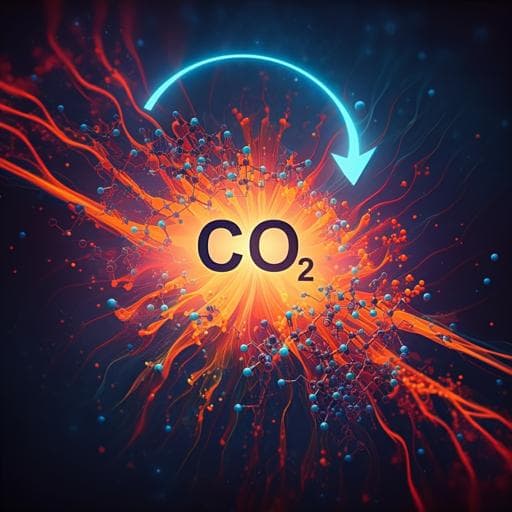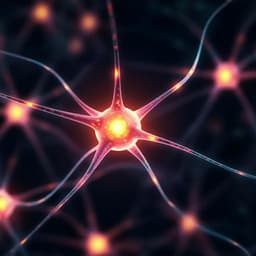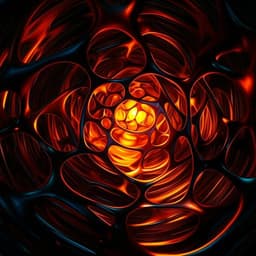
Chemistry
Coverage enhancement accelerates acidic CO₂ electrolysis at ampere-level current with high energy and carbon efficiencies
X. Yu, Y. Xu, et al.
Discover how enhancing CO₂R intermediate coverage can revolutionize formic acid production! This innovative research by Xiaohan Yu and colleagues achieved an impressive 91% Faradaic efficiency, solving the challenges of the competing hydrogen evolution reaction while maintaining high carbon efficiency. A breakthrough for renewable energy-driven chemical synthesis!
~3 min • Beginner • English
Related Publications
Explore these studies to deepen your understanding of the subject.







